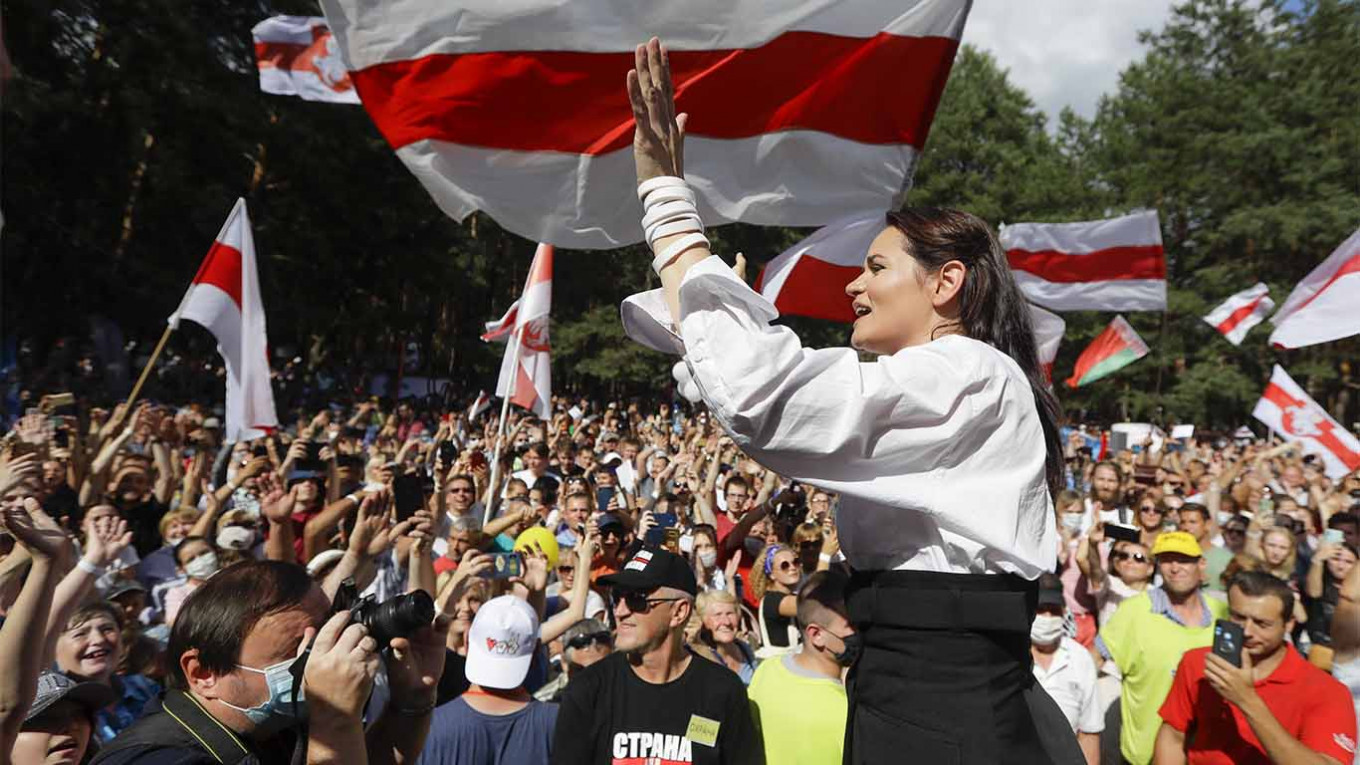The COVID-19 pandemic has had a catastrophic impact on our world and its economy. For obvious reasons, the aviation industry has been particularly severely struck. Apart from the better hygiene and cleaner planes, along with passengers’ favourite now-blocked middle seat, COVID-19 has left some lasting effects on aviation. Analysing the current crisis along with its projections has highlighted a series of conclusions on the industry as the change in ticket prices and the reorganisation of the industry.
Previously to the start of COVID-19, the worldwide civil aviation industry had a cumulative revenue of $581 billion. Currently, it is estimated to be at a record low with $241 billion and is predicted to go up to $389 billion in 2021. Over the year of 2020, there was an approximate 51% reduction in seat offering compared to this time last year along with an overall reduction of 2,981 million passengers. Predictions say airlines will endure an approximated 96 billion US dollars loss in gross passenger operating revenue in 2021.
Secondly, as the majority of the world’s airlines risked filing for bankruptcy the governments issued tax bailouts and other forms of support. On the 27th of May, the International Air Transport Association (IATA) published that in total, world airlines have received $123 billion in aid. They also mentioned that out of the 123, $67 billion will have to be paid back as they come from government loans, deferred taxes, and loan guarantees. Another $52 billion is from commercial sources, which include loans, capital market debt, existing credit facilities and debt from new operating leases.
Undoubtedly, the pandemic will have an impact on airfares as airlines were out of operation or operating at less than 50% on average. Consequently, There are three possible outcomes, either prices go up, they go down or stay the same.
Firstly, prices may increase as the environmentally friendly trend is growing and pushing companies to use more expensive alternative sustainable options. There is an $84 billion projected loss along with the IATA prediction that the industry would end 2020 with a $550 billion debt. COVID-19 measures, such as empty middle seats, slower turnarounds and new cleaning procedures add costs and remove revenue opportunities. It can be predicted that ticket prices will increase due to the demand reduction as well.
Conversely, globally the price of oil has gone down to a record 11$ per barrel as opposed to the usual 40$. The cheaper the oil, the cheaper the air-fuel which consequently results in cheaper operating costs. Airlines are reducing their fleets and retiring old planes. This leaves airlines more efficient and cheaper to operate fleets therefore potentially reducing the cost of airfares.
Nonetheless, the future of the civil aviation industry will depend on several factors such as the length of the pandemic, government measures, traveller confidence, the state of the economy along with more. The potentially unpredictable second and third waves of the virus may further harm the aviation industry in volatile ways. The IATA predicts that 60% of customers will want to travel as soon as the pandemic is under control along with a total of 80% if there are new health measures.
Predictions show that in the first quarter of 2021, there will be an approximated 34% reduction in seat offering compared to that time last year along with an overall reduction of 681 million passengers. Moreover, the IATA predicts that in 2021 companies will lose 5$ per flyer on average but should be able to start making profits by 2022 and start repaying debts. Other factors can make these numbers vary, such as the evolution of our economy and other government measures. If the pandemic continues other measures may be implemented by governments which could further impact the industry.
The CEO and founder of the IATA Alexandre de Juniac said:
“A tough future is ahead of us. Containing COVID-19 and surviving the financial shock is just the first hurdle. Post-pandemic control measures will make operations more costly. Fixed costs will have to be spread over fewer travellers. And investments will be needed to meet our environmental targets. On top of all that, airlines will need to repay massively increased debts arising from the financial relief. After surviving the crisis, recovering to financial health will be the next challenge for many airlines.”
After such hard times as the ones the world recently had to face, I believe that the general population will want to travel. People want a break from the confinement, and a pause from the challenges the pandemic has brought. However, times are uncertain, and our health and financial survival are a priority for most people. The global trend for environmental sustainability may create further resistance in travellers along with the partial suppression of business travel due to the virtues of teleworking highlighted by the pandemic. Regarding the prediction made on prices, I believe that in the short-term prices will drop as companies want to incite passengers on flying again. The mountain of debt to repay will raise prices in the midterm and lastly, in the long term prices should go back to normal.






